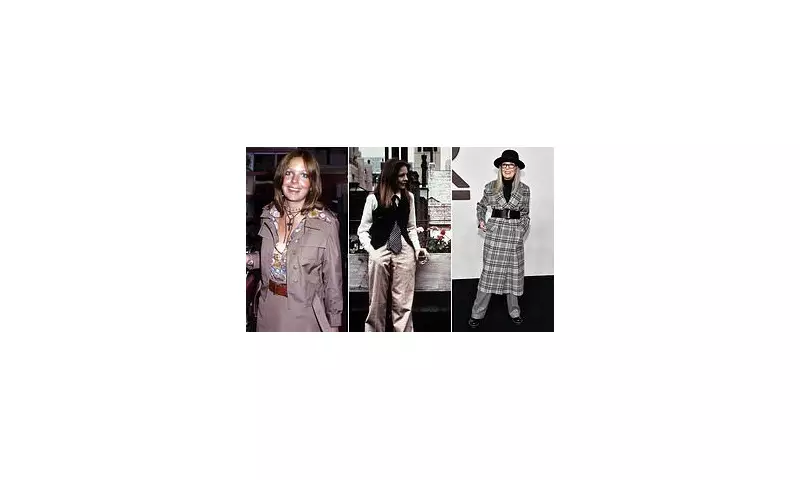
In a stunning revelation that will surprise fashion enthusiasts and film buffs alike, Hollywood icon Diane Keaton has confessed she deliberately turned her back on the very style that made her a fashion legend.
The Accidental Fashion Icon
Speaking candidly about her most famous role, Keaton disclosed that the iconic Annie Hall wardrobe - complete with baggy trousers, men's ties and oversized hats - was never her personal style choice. "I never wore those clothes again," the Oscar-winning actress declared, surprising fans who've celebrated the look for decades.
From Personal Wardrobe to Cultural Phenomenon
The distinctive style that defined Woody Allen's 1977 masterpiece actually originated from Keaton's own eclectic fashion sense at the time. "They were my clothes," she revealed, explaining how costume designer Ruth Morley simply incorporated the actress's personal wardrobe into the film.
What began as personal expression quickly transformed into a global fashion movement, with women everywhere emulating the androgynous, intellectual look that perfectly captured Annie Hall's quirky charm.
Why She Walked Away
Despite creating one of cinema's most enduring fashion statements, Keaton made a conscious decision to abandon the style immediately after filming. Her reasoning reveals much about her approach to both fashion and identity: she believes in constant evolution rather than being trapped by a single image.
The Legacy Lives On
Nearly five decades later, the Annie Hall aesthetic continues to influence designers and fashion lovers worldwide. From runway collections to street style, elements of the look regularly resurface, proving its timeless appeal.
Yet for the woman who started it all, moving on was essential. Keaton's fashion journey since has taken her through sophisticated tailoring, dramatic hats and her signature all-black ensembles, always maintaining that distinctive blend of elegance and eccentricity that makes her style uniquely her own.
More Than Just Clothes
The Annie Hall phenomenon represents something deeper than mere fashion - it captured a moment of cultural shift where women embraced masculine tailoring while maintaining feminine charm. It spoke to independence, intelligence and the courage to dress differently.
While Keaton may have left the specific pieces behind, the spirit of sartorial fearlessness that defined Annie Hall clearly continues to guide her fashion choices to this day.





